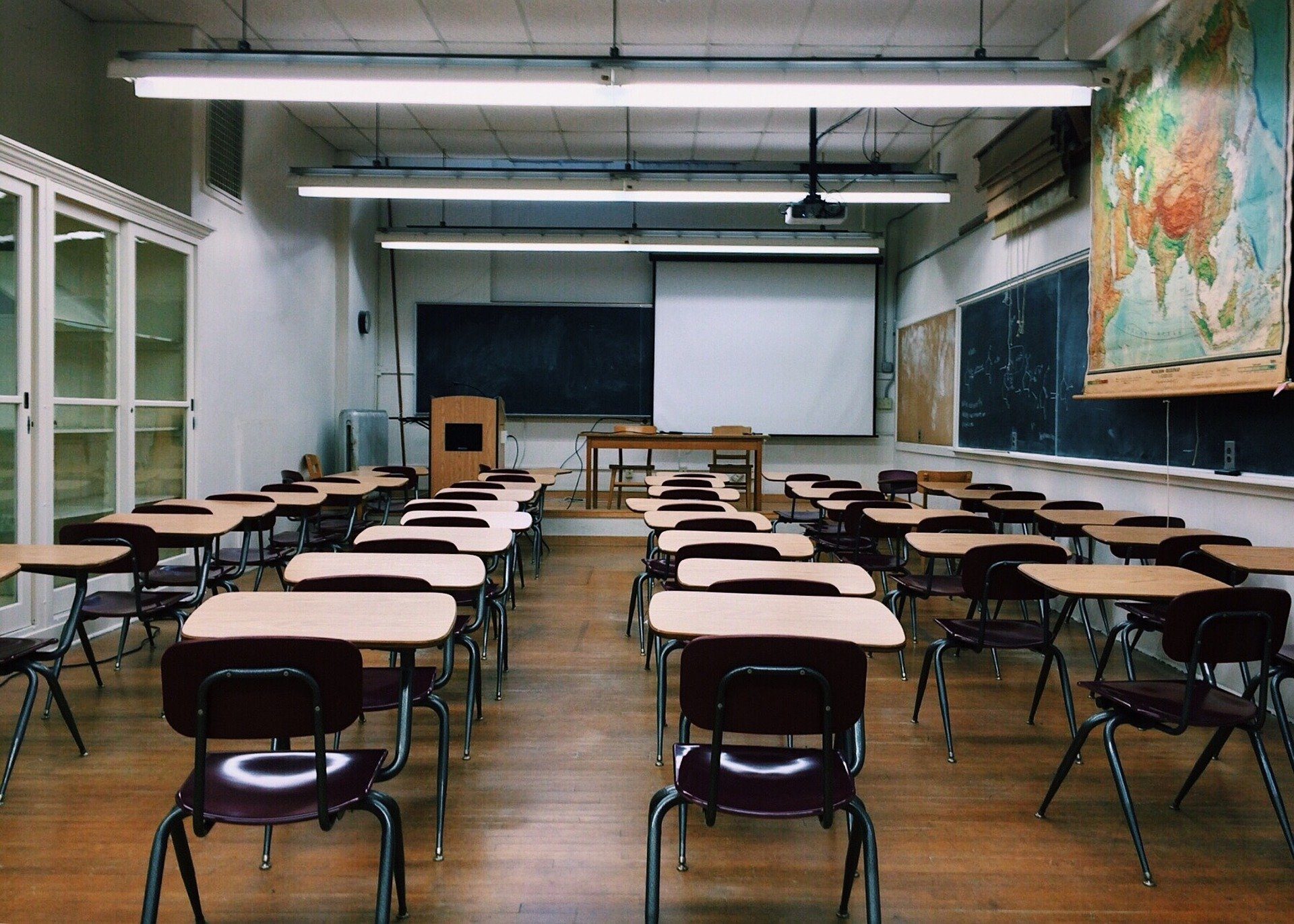The Ministry of Education and Higher Education, as well as the Ministry of Public Health, confirmed the second academic semester 2020/2021 will continue to be a blend between online learning and 50% mandatory attendance.
Education and health authorities confirmed it is safe to continue the 50% capacity for students attending schools in person.
The blended learning system, for both public and private schools, means students will continue to rotate between in-class and online learning throughout the week in the upcoming academic semester.
The second semester is expected to start on January 3 for public schools and by January 10, at the latest, for private schools.
“The Blended Learning approach will continue to be implemented as well. In this context, all schools and preschools are required to arrange for implementing the 50% rotational on-site school attendance,” MoEHE said in a statement.
“Accordingly, 50% of the registered students in the school will attend in-person classes in the first week and then study remotely (attend recorded lessons and live sessions) in the following week,” the statement added.
The plan means 50% of the total number of registered students at a school with will attend in person during the first week, with the other half attending as a separate group in the second week.
Students who will not be attending classes physically will be studying online and vice versa.
“Students with chronic diseases, as supported by an approved medical report, are exempted from in-person attendance, and can attend their lessons remotely,” the ministry said.
Teachers and administrative staff will be attending full-time in schools while adhering to precautionary measures. They are also required to inform concerned authorities if any Covid-19 cases are confirmed or suspected in schools.
“Strict measures and legal actions will be taken against any school in violation of the precautionary measures,” the ministry said.
Read also: School health measures highlighted as ‘rotating attendance’ begins
All schools are required to limit classroom size to 15 students per class. “Desks must be kept within a safe distance of 1.5 meters apart. And students must wear face masks regularly depending on the academic stage,” the ministry statement said.
The Ministry of Education affirmed that continuous observation and monitoring of the attendance/absence policy will be taking place on a regular basis.
In addition, schools are expected to organise the entry and exit to schools’ buildings to maintain physical distancing.
“Students in specialised, technical, special needs and schools in remote villages, as well as private schools/preschools with low density, must attend in full capacity (100%) daily. Schools, however, must split them into small groups of up to 15 students in each classroom, and a safe distance of 1.5 meters between students must be observed,” the ministry stated on its website.
Health and safety of students, teachers, and administrative staff remains a top priority, the ministry said, assuring relevant authorities are taking “all necessary measures to ensure the safety and health of all students, given that their physical and mental health is a top priority in the educational process.”
The move has been described as one that is in the best interest of students and facilitates their gradual return to the school environment.
“Classroom interaction between a student and a teacher, and among students boost the intellectual potential of the students and foster a viable educational process,” the statement added.
Follow Doha News on Twitter, Instagram, Facebook and Youtube







